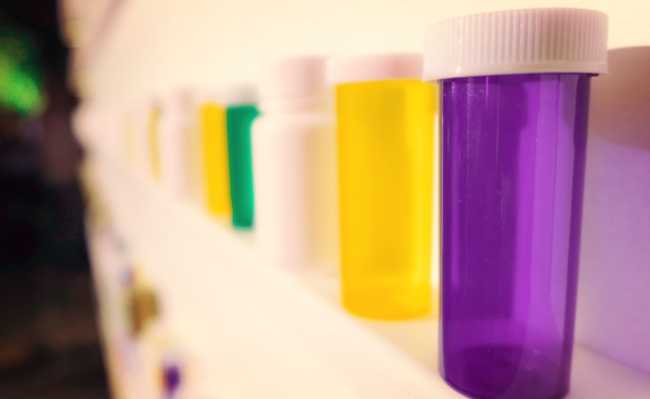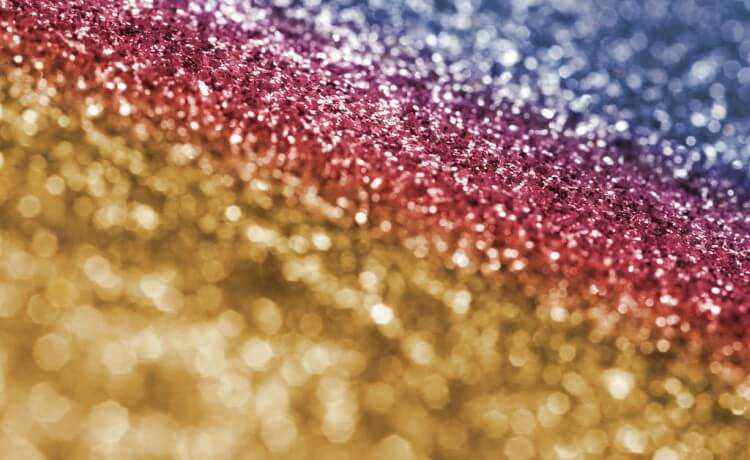Andropause: male menopause
Andropause presents a series of symptoms, but embarrassment in seeking help makes treatment difficult

Edited and resized image by Sholto Ramsay is available on Unsplash
Andropause, also known as male menopause, is characterized by a series of age-related changes in male hormone levels. The same group of symptoms is also known as testosterone deficiency, androgen deficiency, and late-onset hypogonadism.
Andropause involves a drop in testosterone production in men aged 50 and over and is often related to hypogonadism, both conditions involving low testosterone levels and similar symptoms.
The testes produce a hormone called testosterone, which is responsible for influencing changes during puberty, mental and physical energy, muscle mass, the fight-or-flight response, and other fundamental evolutionary characteristics. In andropause, this testosterone production may change.
andropause symptoms
Some negative symptoms of andropause typically include:- low physical disposition;
- depression or sadness;
- decreased motivation;
- low self-confidence;
- difficulty concentrating;
- insomnia or difficulty sleeping;
- increased body fat;
- reduced muscle mass and feelings of physical weakness;
- gynecomastia or breast development;
- decreased bone density;
- erectile dysfunction;
- reduced libido;
- infertility.
A man may also experience swollen or tender breasts, shrinking testicles, loss of body hair, or hot flashes. Low levels of testosterone related to andropause have also been linked to osteoporosis, a condition in which bones become weak and brittle. These are rare symptoms. They affect men at the same age as women entering menopause - around 40 and 55 years of age.
Changes in Testosterone Over the Years
Before reaching puberty, testosterone levels are low. They increase as a man matures sexually. Testosterone is the hormone that fuels changes typical of male puberty, such as:
- muscle mass growth;
- hair growth on the body;
- deeper voice;
- changes in sexual functioning.
As a man ages, testosterone levels start to drop. According to the Mayo Clinic, testosterone levels tend to decline by an average of 1% per year after men turn 30 years old. But some health conditions can cause more or less drastic declines.
Diagnosis and treatment of andropause
Your doctor or doctor may take a blood sample to test your testosterone levels. Unless andropause is causing severe difficulties or disrupting your life, you will likely manage your symptoms without the need for treatment.
Usually, the biggest obstacle in the treatment of andropause is the machismo, which makes the man, out of shame to talk about the symptoms, not to seek help.The most common type of treatment for andropause is making healthier lifestyle choices, such as:
- have a healthy diet;
- exercise regularly;
- get enough sleep;
- reduce stress.
These lifestyle habits can benefit all men. After adopting them, men who experience symptoms of andropause may notice a significant change in overall health.
If you have depression, your doctor may prescribe antidepressants, therapy, and lifestyle changes.
Hormone replacement therapy is another treatment option. However, it is very controversial. Like performance-enhancing steroids, synthetic testosterone can have harmful side effects. If you have prostate cancer, for example, it can cause cancer cells to grow. If your doctor suggests hormone replacement therapy, weigh all the positives and negatives before making your decision.
But anyway, it's important to keep in mind that it's normal to experience a decline in testosterone levels as you get older. For many men, andropause symptoms are manageable even without treatment. However, if your symptoms disrupt your routine, seek medical help.
Adapted from Healthline










